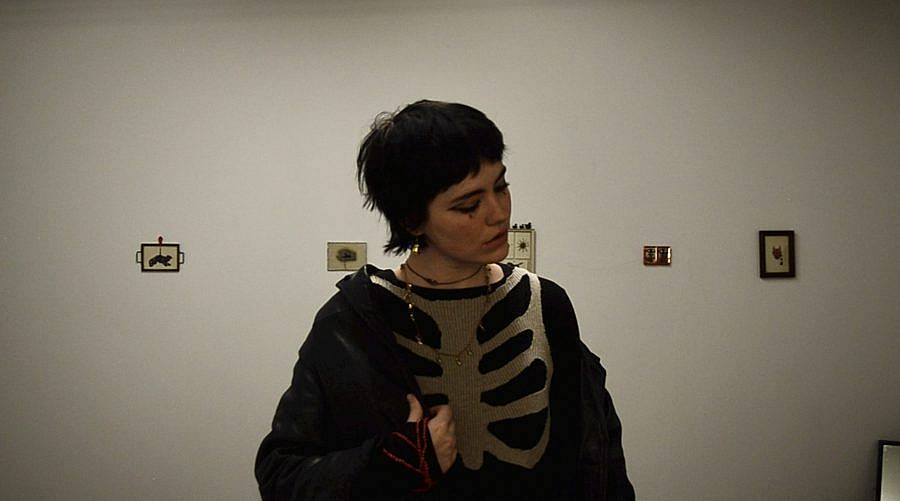Tell us a bit about yourself and what you do.
I am originally from Birmingham, Alabama, but am living in Colorado currently getting my MFA in Arts Practices at CU Boulder. I work as a part-time instructor at CU during the school year and during the summer, I work as a gardener.
What made you want to be an artist?
Once I was old enough to start thinking about what I wanted to be when I grew up, I never really considered anything else. My mother is a creative person and I spent a lot of time at my grandmother’s house as a kid where she taught me how to paint. I guess, the women in my family tend to be artistic, so maybe it’s just in my blood. It’s also very much possible that I was just never very good at anything else.
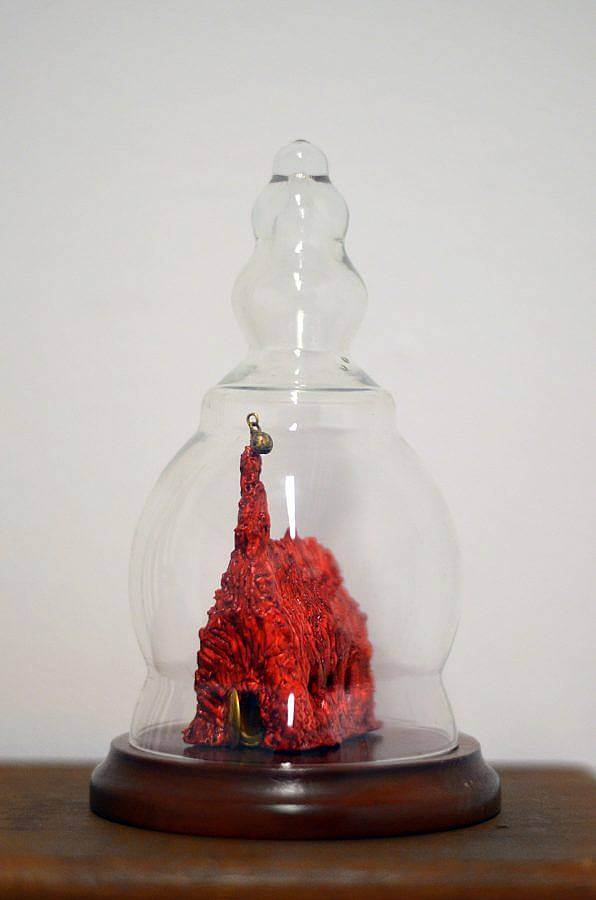
The documentation of your work usually communicates a very intimate and warm tone, rather than the typical, cold and institutional look. Can you talk about the way you photograph your work?
I tend to want to create an atmosphere or specific space for my art to exist in when documenting it. I honestly hate the sterile feel of a gallery, so when I can, I do like to document the work in a space that feels more natural. Intimacy is incredibly important to me in the work I make, so it only makes sense to me that when documenting it I would attempt to maintain that. I also love gritty and grainy photography, so I do often photograph my work and add that in when I can. In regards to lighting, if it were always up to me, the work would be experienced in a dimly lit room, with warm spotlights placed only on the artwork, so I like to photograph the work with that in mind as well.
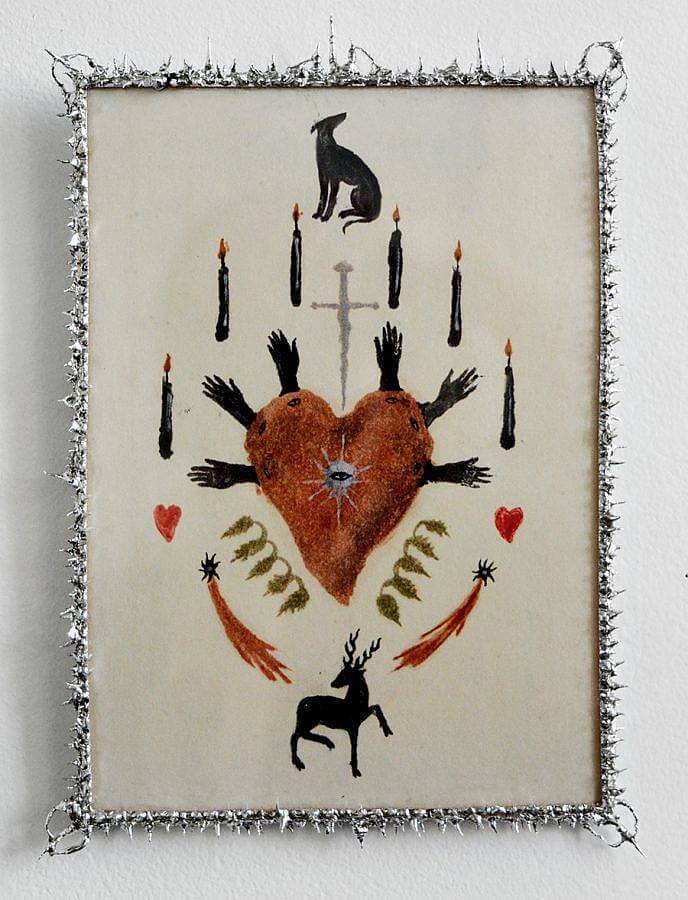
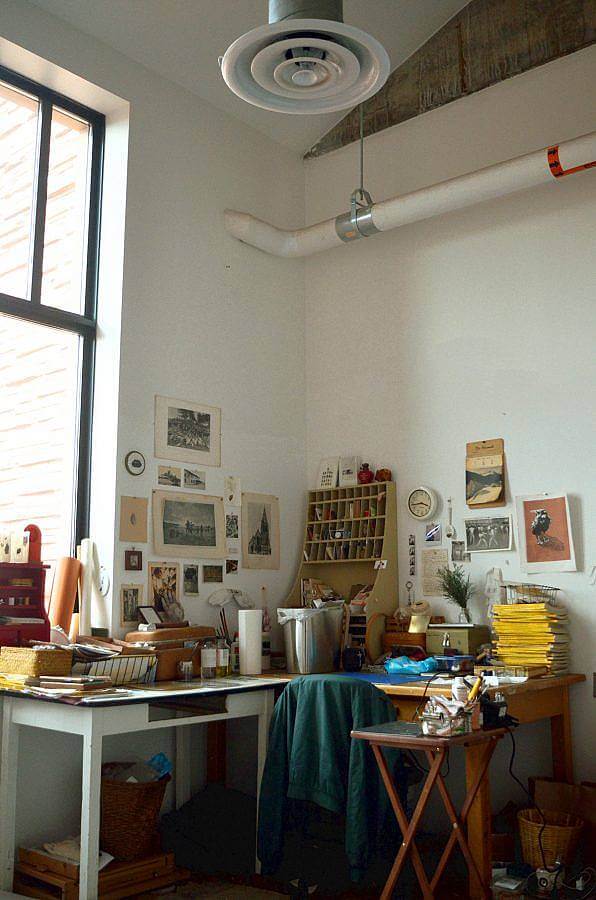
How would you describe your approach to the composition of the visual elements in your drawings?
With my gelli-plate prints, I work in two different modes when it comes to building the composition. I describe one as being like sentence structure, where the symbols are very flat and create a formulaic composition, reminiscent of hieroglyphs or ideograms. I enjoy creating these compositions when I have a more specific concept in mind. It feels very much so like a secret language for me and I like the varying levels of connection viewers have with the work. The other mode is more surreal, more focused on narrative. These compositions tend to feel more like a moment in time — in some otherworldly place. I fluctuate between both of these because they both centralize storytelling in familiar ways.
What have you been reading lately?
The Truth About Stories by Thomas King, Dictionnaire Infernal by Jacques Collin de Plancy, Select Works of Paul Eluard, Mary Oliver and Leonora Carrington & a classic, Buffy the Vampire Slayer Comics.
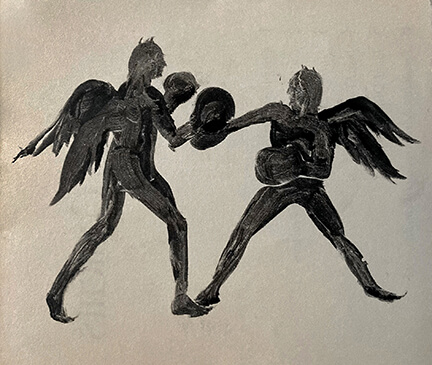
I definitely have a preference for one small city over the other. I miss my hometown of Birmingham because the city is so rich in history and it doesn’t shy away from that history. It does feel like a bit of a hidden gem too, as it is relatively small and the only blue part of the state. There is a lot of creativity in small cities too. In my experience, the art community is much more welcoming and far less intimidating
I think anyone who is collecting images, stories or symbols — ones they made themselves or otherwise — is creating their own personal mythology in a way. For me, it’s a catch all phrase for the language of my art. It encompasses the recurring symbols and stories that I am using in my artwork. It’s what I believe in, find comfort in, a way to understand myself a little better, a way to explore the parts of me that were off limits for most of my life. As someone that was raised deeply religious and no longer feels that intense connection to that religious practice, I do find myself seeking out rituals and narratives for comfort. Oftentimes I steal things from religious symbols and folklore then twisting them to fit into my own stories. Creating a personal mythology often feels like spending time building up my own world to feel safe in.
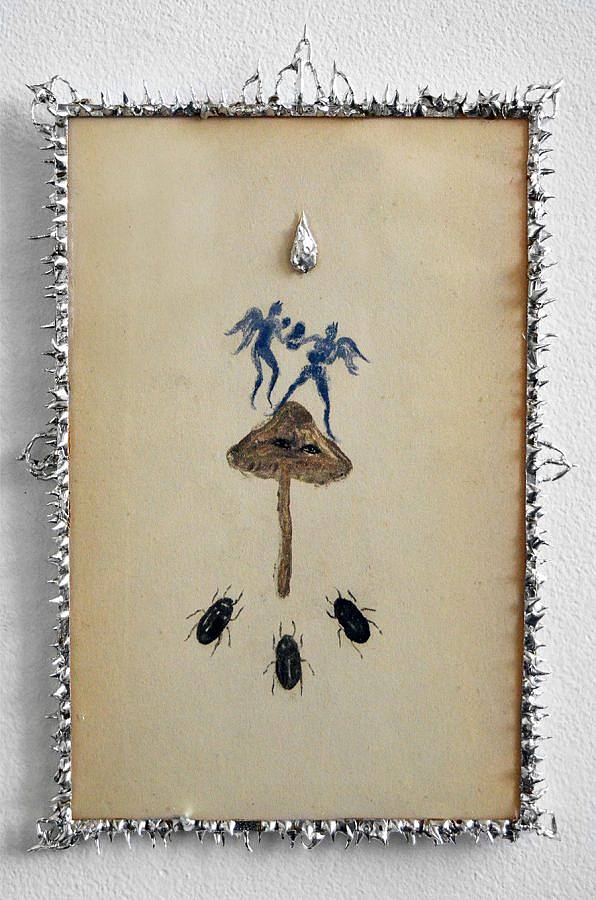
How did you get into making Jewelry? Do you see jewelry making as an extension of your studio practice or more of a separate endeavor that informs it?
Since I was a child, I have loved miniature objects. I started making really small objects in my studio and also loved the idea of getting to wear my art. A lot of ritualistic practices are associated with making things to be worn. I am interested in charms or talismans and the idea of keeping a small object with you to protect you or contain the essence of a spirit. So it felt like a very natural progression to begin making jewelry and it doesn’t feel separate from my studio practice.
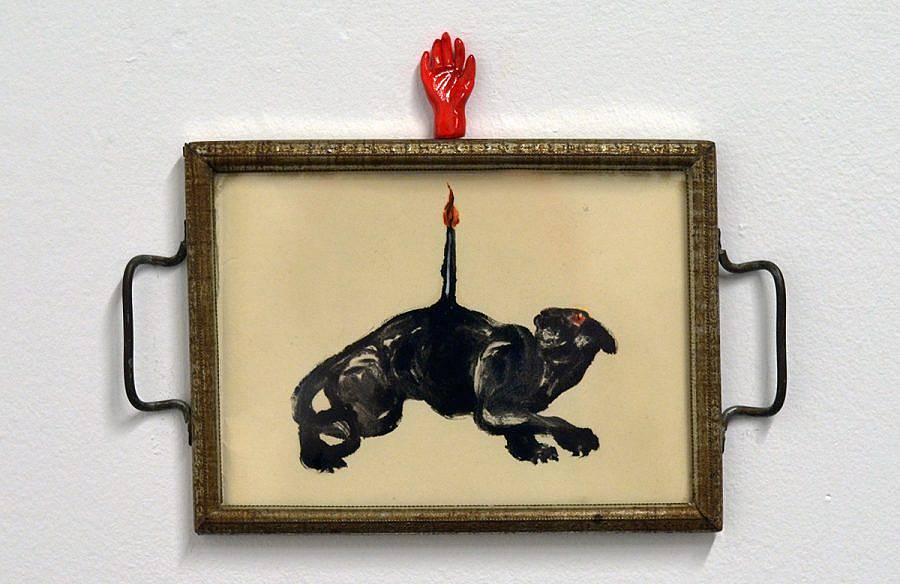
Animals have always been present in folklore and storytelling, how do you consider and navigate the allegorical history of depictions of animals?
